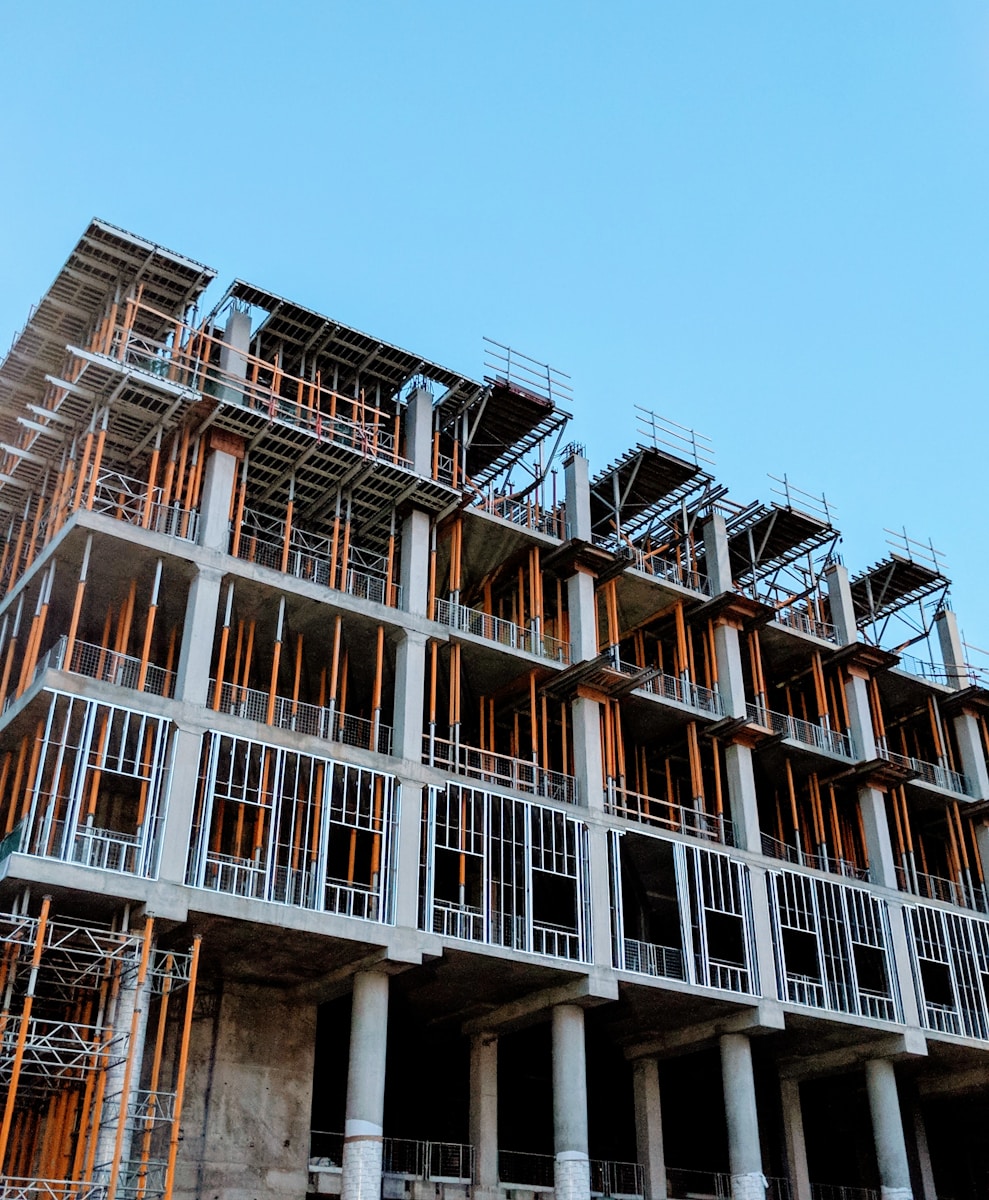Revolutionizing Construction Management
Improving Accuracy with BIM and Digital Twins
The integration of Building Information Modeling (BIM) with digital twins is transforming the construction industry, significantly enhancing the accuracy of cost estimates and project schedules. This advanced technology combination is particularly valuable in dynamic regions like Saudi Arabia and the UAE, where large-scale construction projects are the norm. The use of BIM allows for the creation of detailed digital representations of buildings, incorporating architectural, structural, and MEP (mechanical, electrical, and plumbing) components. When paired with digital twins, which are virtual replicas of physical assets, the level of detail and accuracy in project planning and execution is unparalleled.
One of the primary benefits of integrating BIM with digital twins is the ability to conduct real-time simulations and analyses. Project managers can use these tools to predict potential issues before they arise, ensuring that cost estimates and schedules are based on the most accurate data available. For instance, in mega-projects in Riyadh and Dubai, where precision is crucial, this integration allows for a thorough examination of all project aspects, from material requirements to labor needs. This level of foresight reduces the likelihood of unexpected costs and delays, ultimately contributing to more successful project outcomes.
Furthermore, the integration of BIM and digital twins enhances collaboration among all stakeholders. By providing a unified platform for sharing and analyzing project data, architects, engineers, contractors, and clients can work together more effectively. This collaborative approach is essential for ensuring that all aspects of a project are aligned, which is particularly important in the fast-paced construction environments of Saudi Arabia and the UAE.
Enhancing Project Schedules with Predictive Analytics
The combination of BIM and digital twins also plays a crucial role in enhancing project schedules through the use of predictive analytics. By analyzing historical data and current project metrics, these technologies can identify potential bottlenecks and suggest optimal solutions. This predictive capability is especially valuable in regions like Dubai and Riyadh, where timely project completion is often critical to meeting economic and infrastructural goals.
For example, the construction of a new skyscraper in Dubai can benefit from the predictive analytics capabilities of BIM and digital twins. By continuously monitoring project progress and comparing it with the initial schedule, project managers can identify deviations and take corrective actions promptly. This proactive approach ensures that projects stay on track and any necessary adjustments are made before minor issues escalate into major delays.
Moreover, the integration of BIM with digital twins supports the development of more accurate and reliable project schedules. Traditional scheduling methods often rely on static data, which can become outdated quickly. In contrast, digital twins provide a dynamic, real-time view of the project, allowing for constant updates and adjustments. This flexibility is crucial in complex projects in Saudi Arabia and the UAE, where unforeseen challenges can arise at any stage. With BIM and digital twins, project managers can adapt to these challenges more effectively, ensuring that schedules remain realistic and achievable.
Optimizing Cost Estimates through Detailed Analysis
Accurate cost estimation is a cornerstone of successful construction management, and the integration of BIM with digital twins offers a significant advantage in this area. By leveraging detailed digital models and real-time data, project managers can develop more precise and comprehensive cost estimates. This capability is particularly important in regions like the UAE and Saudi Arabia, where large-scale construction projects require meticulous financial planning.
Digital twins enhance cost estimation by providing a holistic view of the project, including all material, labor, and equipment costs. This comprehensive approach allows for a more accurate assessment of the total project cost, reducing the risk of budget overruns. For instance, in a large infrastructure project in Riyadh, digital twins can be used to track material usage and labor productivity, ensuring that cost estimates are based on actual performance data rather than assumptions.
Additionally, the integration of BIM with digital twins enables continuous cost monitoring throughout the project lifecycle. By comparing actual costs with estimated costs in real-time, project managers can identify discrepancies and take corrective actions promptly. This proactive approach minimizes the risk of budget overruns and ensures that projects are completed within the allocated budget. In fast-growing cities like Dubai and Riyadh, where construction costs can escalate quickly, this capability is essential for maintaining financial control.
Conclusion: Embracing the Future of Construction Management
The integration of BIM with digital twins represents a significant advancement in construction management, offering enhanced accuracy in cost estimates and project schedules. For business executives, mid-level managers, and entrepreneurs in the construction industry, adopting these technologies is not just a technological upgrade but a strategic imperative. By leveraging the capabilities of BIM and digital twins, construction professionals can ensure that their projects are not only completed on time and within budget but also meet the highest standards of quality and safety.
In regions like Saudi Arabia and the UAE, where construction is a cornerstone of economic development, the use of advanced technologies like BIM and digital twins is crucial for driving innovation and achieving project success. By enhancing collaboration, improving predictive analytics, and optimizing cost estimates, these technologies offer a comprehensive solution for managing complex construction projects.
In conclusion, the integration of BIM with digital twins is transforming the construction industry by providing real-time insights, facilitating remote collaboration, and optimizing resource utilization. As the construction landscape continues to evolve, embracing these technologies will be key to staying competitive and achieving long-term success in the industry.
—
#DigitalTwins #BIM #ConstructionManagement #CostEstimates #ProjectSchedules #ConstructionTechnology #SaudiArabia #UAE #Riyadh #Dubai #ArtificialIntelligence #BusinessSuccess #LeadershipAndManagement #ProjectManagement









